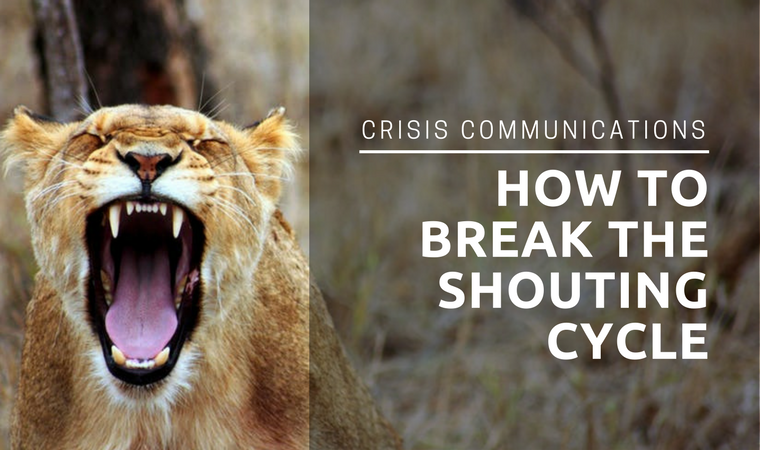We live in an era when the loudest voice seems to be the highest priority. Turn on cable news. A panel “discusses” the issues of the day. Try this. While the broadcast airs, close your eyes and just listen. In far too many instances, panelists are talking over each other, voices are raised and there is an intensity to the discourse that makes it nearly impossible to understand. Then, just as things spin nearly out of control, the host will say something like “We will continue this conversation right after this break.”
That was not a conversation. There was no talking. Just shouting in an attempt to drown out the other point of view.
This also is happening, especially during the summer recess, as Members of Congress convene Town Hall “discussions” in their home districts. These too are not conversations or discussions. They are screaming matches between opposing sides. Nothing is accomplished. Rancor increases to the point of pointlessness. No one comes away feeling they were heard or considered. Worse, most leave feeling angry.
Medium Choice Matters
When companies find themselves addressing controversies or crises, they are compelled to communicate. Increasingly, they do this through paid media, issued statements or customer mailings, or occasionally, a news conference. These channels are used because they reach large audiences, but also because they limit the potential for push-back. You can make your points without interruption if you say it all in an ad. Sure, the hostility is inevitably expressed through social media, but at least the company’s perspective got into the record. In that sense, ads are effective, but they do not help in the long run.
People require communication and interaction. In a crisis, it is essential to restore credibility.
This is a fundamental reality we have seen borne out through many contentious situations in which we have supported client communication. Face-to-face interactions are productive especially when properly handled. Rather than anger at the conclusion of such a meeting, many leave the session saying “I give them credit for meeting with us.” That is genuine progress and a foundation on which to build further communications.
A few ideas for managing vitriol in a public forum:
Structure the Setting
If possible, create an environment for a public meeting in which guests mingle rather than sit. A selection of displays, each attended by a company representative, can foster a chance for people to visit individual “stations,” interact with company representatives, and learn something about the company’s initiatives and actions. Such stations might address Safety, Technology, Environmental Stewardship, or Customer Service, to give some examples. The circumstances of the situation dictate such content.
Regardless, the process of navigating a room can limit opportunities for shouted attacks and instead promote actual conversation.
Be Social
If an audience is too far spread for an in-person event, consider leveraging social media. Facebook Live, for example, can serve as a medium for a meeting. Your spokesperson has the opportunity to make a statement, answer questions, and respond to comments in a way that offers authentic connection and reduces the urge for audiences to express themselves with angry ranting. Especially hostile, personal, or vulgar references can be filtered out enabling you to defuse the rancor that so often feeds on itself.
That said, your social exchange must be open and frank, or risk being characterized as over-controlled or worse, staged. A sequence of these social dialogues can help to position the company as open to comment and criticism, but also sincere about its desire to “meet” customers and communities for a productive discussion.
Show Up
Visits to plant sites, affected communities, or other venues where important audiences are located can occur without a great deal of pre-announcement. An airline CEO can visit an airport and chat face-to-face with travelers. A CEO can visit a local community during a Labor Day festival or other local event and “work the crowd,” simply by walking around and greeting people. The boss on the plant floor also can be powerful as a means for listening, engaging one on one or in small groups, having actual conversations. The power of the personal interaction is most evident in these situations.
By Listening, You Can Break the Cycle
People sometimes get angry. When this happens, today’s society is, in many ways, set up to normalize and enable screaming as a means to get your way.
But when companies and customers get caught in a cycle of rising volumes, it isn’t good for anyone. Customers feel ignored, company representatives feel attacked, nothing is resovled, and a lot of damage is done to the orgainzation’s reputation. Breaking this cycle, or better yet, preempting it, with authentic efforts to listen and communicate with affected groups is more effective for everyone involved.
To do this, turn to these alternative methods for engaging, learning and listening. They key is to do so in a manner that fosters a useful and meaningful exchange. Most important, companies in crisis can actually talk with their most important publics and position themselves as accessible, interested and caring.
